A NIGHT IN THE ITALIAN NATURE RESERVE “BRABBIA SWAMP”
INTRODUCTION
The Brabbia Swamp is an example of a peatland of post-glacial origin located in the foothills. Originally, this area was part of a vast lake basin connecting Lake Varese, Lake Comabbio, and the Brabbia Swamp itself, formed soon after the retreat of the Verbano glacier. Later, due to the opening of a westward outflow from Lake Varese, the water level dropped, leading to the emergence of the Brabbia Marsh and surrounding areas. The present form of the marsh is the result of the gradual accumulation of sediment from the edges toward the center, and the ponds were formed due to excavations to extract peat from the clay bottom and as well as artificial ponds in more recent times.
In the 18th century, the marsh was the subject of reclamation attempts due to health and feverish concerns, but such projects encountered numerous obstacles. However, excavations for peat deposits in the bottom of the ponds began to take hold. In the 20th century, the Brabbia Marsh gained recognition for its naturalistic value, becoming a regional nature reserve in 1983 and obtaining Wetland of International Importance status under the Ramsar Convention in 1984. LIPU has managed the area since 1994 in cooperation with the Province of Varese, the managing body of the reserve.
The area is currently called the Brabbia Marsh Regional Nature Reserve and is included in the NATURA 2000 NETWORK areas at the European level.
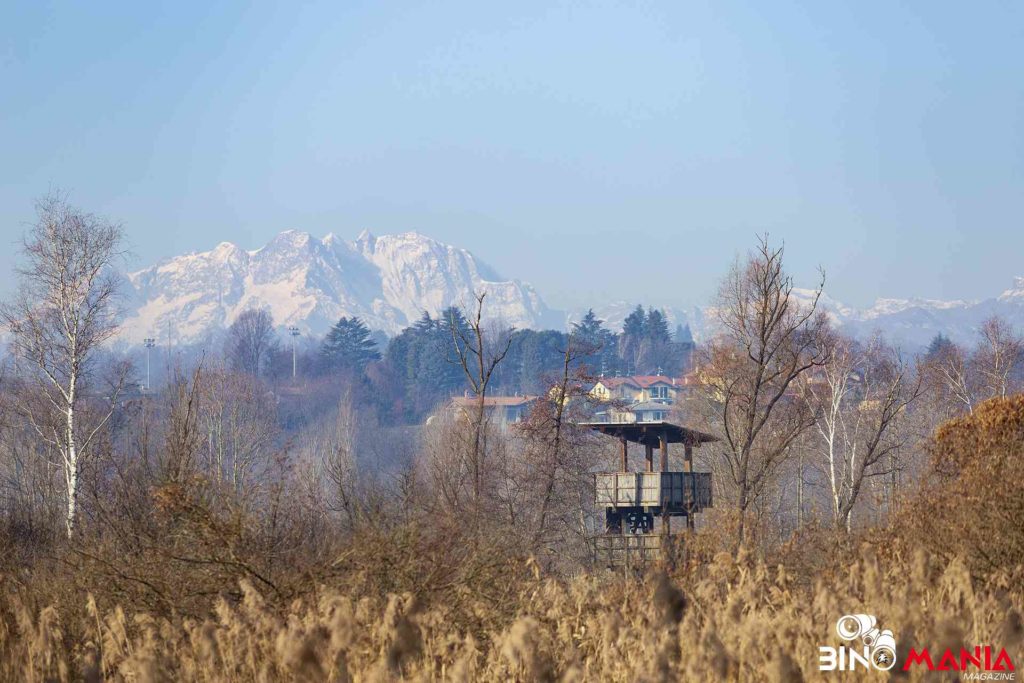
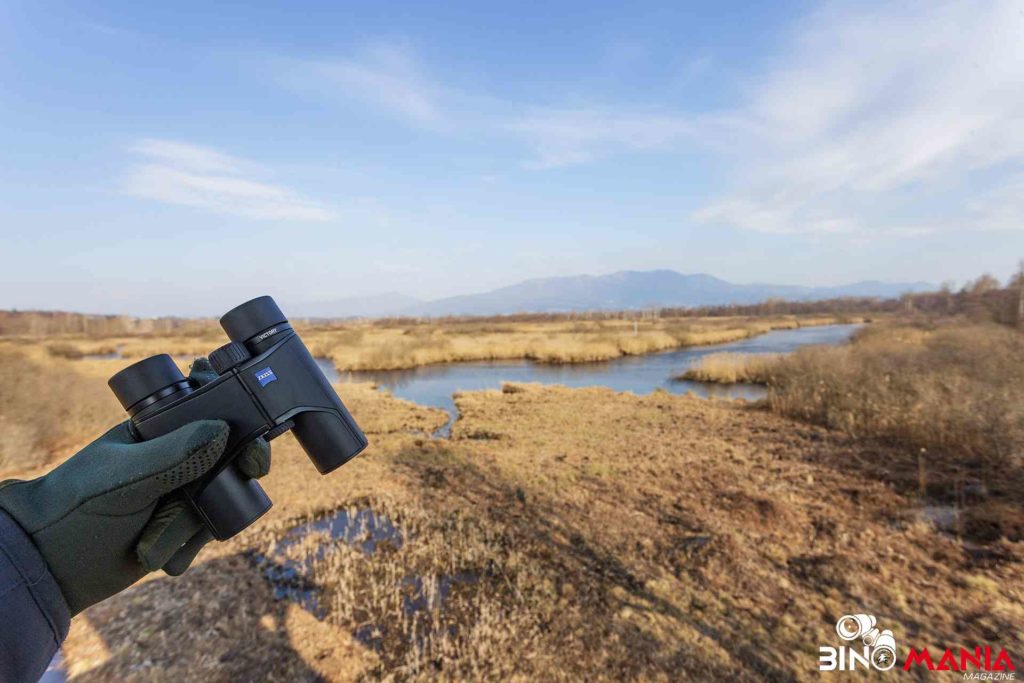
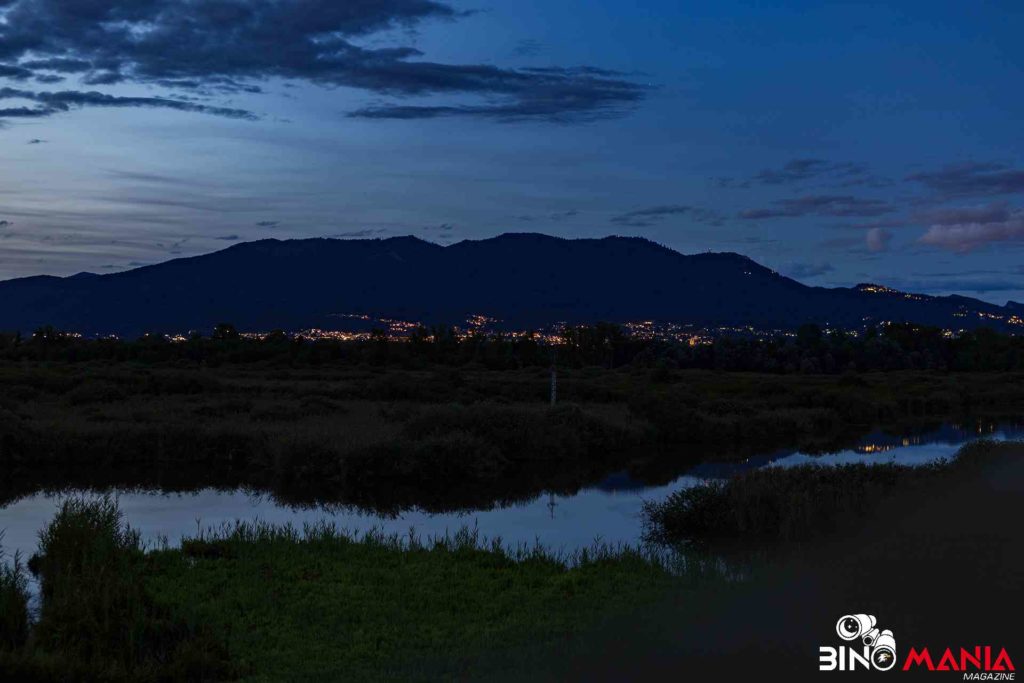
SPECIES
Positioned in the foothills of the Alps, the Palude Brabbia Regional Nature Reserve is a crucial stopping point on the migratory route for numerous bird species, as well as serving as a nesting site for many varieties related to the aquatic environment. The different seasons provide ever-changing spectacles, with variations in colors, blooms and sighting opportunities that make this place an ever-changing experience for nature and birdwatching enthusiasts.
CORMORANTS, FROM WINTERING TO NESTING
Cormorants are waterfowl known for their adaptation to various coastal and freshwater habitats around the world. They feed primarily on fish, although they may hunt other aquatic prey such as crustaceans and small mollusks. Their distinctive ability is to swim underwater for long periods, diving to hunt for food. After fishing on Lake Varese, cormorants often stand in the sun with their wings open to dry their feathers. For night rest, they prefer elevated positions such as trees, rocks or other raised surfaces, where they gather in colonies. These birds are known for their distinctive dark plumage and powerful flying abilities, but they prefer to swim and dive for food.
A cormorant’s daily fish consumption can vary greatly depending on the specific species, the size of the bird and the availability of food in the surrounding environment. However, on average, a cormorant can consume 300 to 600 grams of fish per day. Larger species and populations with access to an abundant supply of fish may consume larger amounts. During the breeding season, when they also have to feed their young, daily fish consumption can increase significantly.
Dr. Barbara Ravasio, head of the oasis, confirmed that cormorants, as a wintering species, has reached around 1,000 individuals in the last twenty years. Since 2004, the first four breeding pairs have been surveyed and have now reached the carrying capacity of the oasis, which is 500 breeding pairs. They hunt purely on Lake Varese because of the shallow waters of the Brabbia Marsh.
OBSERVING THEM AT NIGHT?
To conduct censuses, LIPU volunteers go at dusk with their binoculars and spotting scopes. For wintering cormorants, one can benefit from the bare trees; though for breeding birds, unfortunately not. For this reason, however, during one of my last excursions, I thought it might be useful to use a modern high-resolution thermal viewer such as the ZEISS DTI 4 for these kinds of ornithological studies.
Upon obtaining permission, my wife, daughters and I reached the two-story Watchtower, which overlooks a large portion of the marsh, with the intention of conducting cormorant observation even at night.
The distance between the turret and the trees where cormorants usually nest ranges from 850 to 870 meters. Adult cormorants reach a height of about 120-150 cm, so it was in my interest to check whether the ZEISS DTI 4/35 thermal viewer, a detailed review of which I will soon provide, was capable of detecting birds of this size at such a distance, although LIPU volunteers can reach shorter distances thanks to boats.
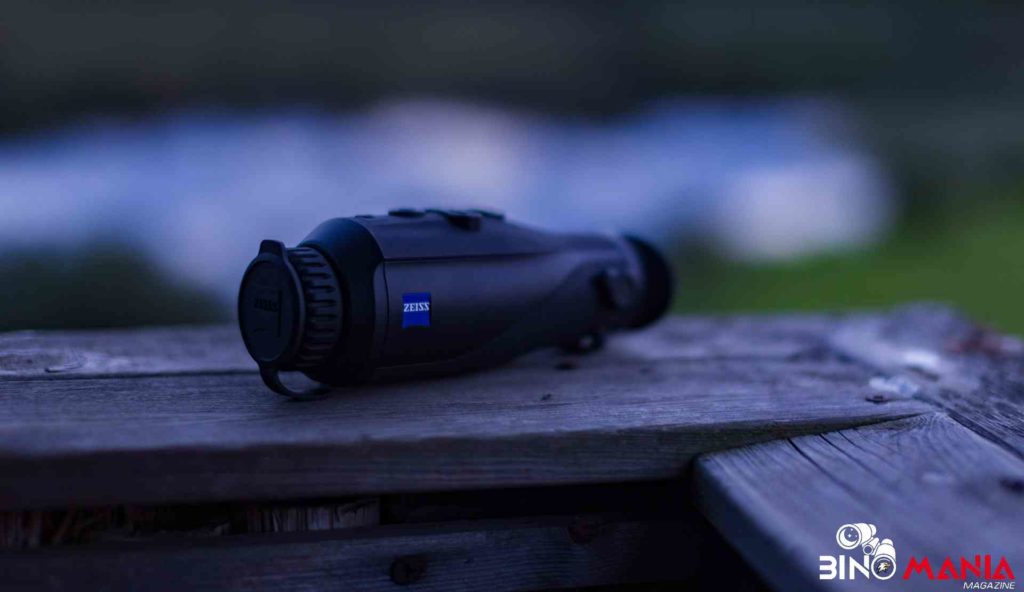
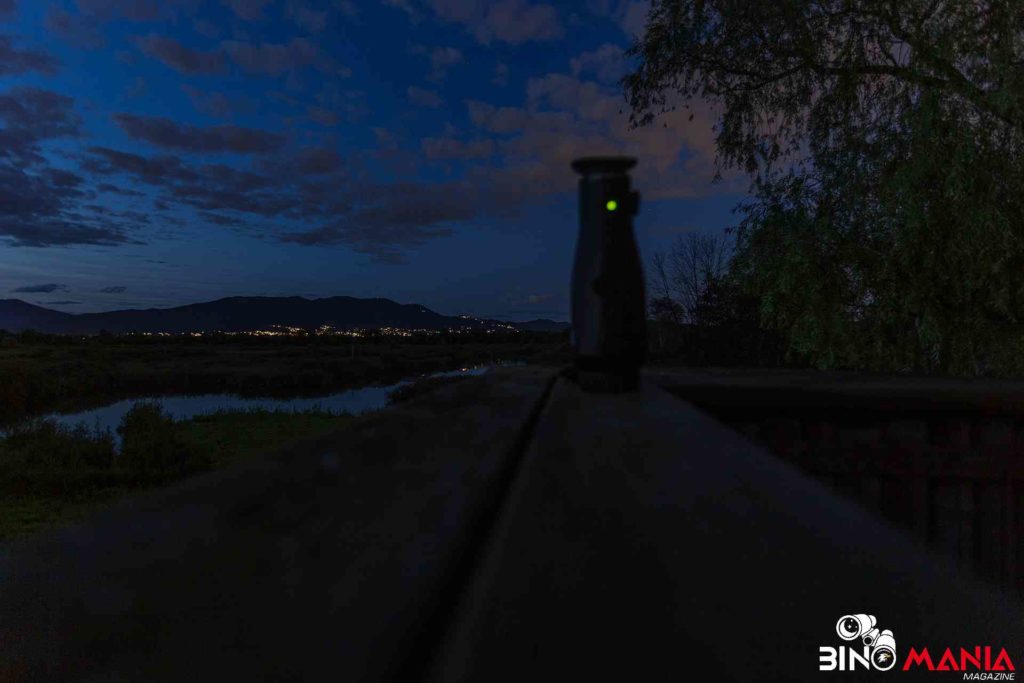
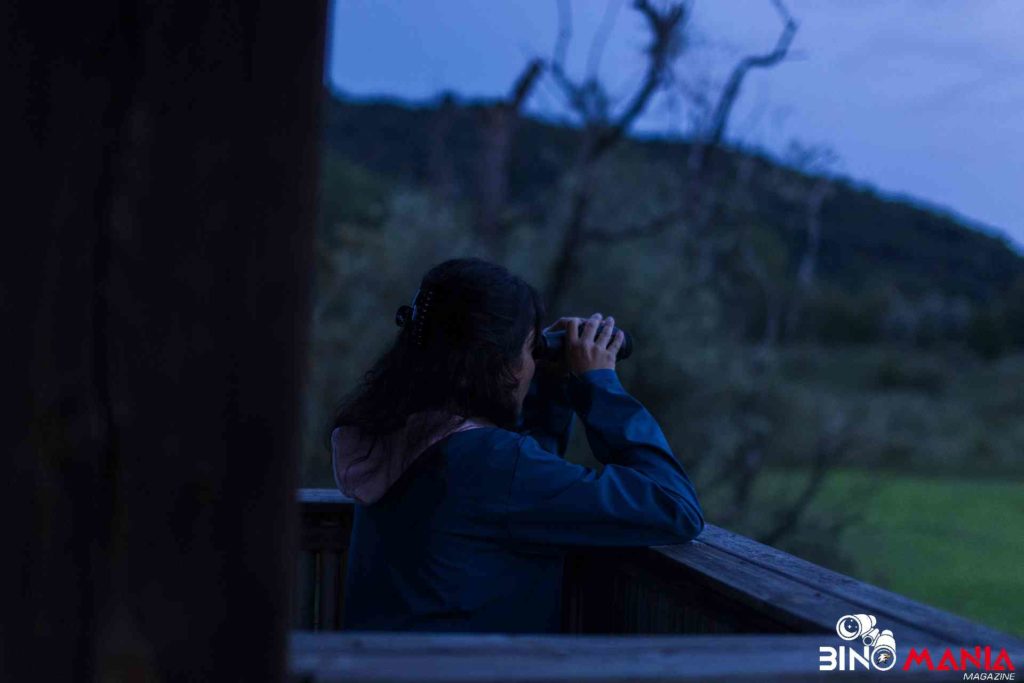
My wife observed with the ZEISS DTI 1 that we brought to oasis together with the DTI 4, obviously the long-distance performance is lower.
THE ZEISS DTI 4/35 IN BRIEF
The ZEISS DTI 4 thermal viewer, with its 35 mm diameter (a 50 mm version also exists) and new 640 x 512 sensor, has proven to be a valuable tool for night-time cormorant observation. The 4/35’s ability to detect heat sources nearly 900 meters away is remarkable, making it easier to detect cormorant colonies even behind less dense bushes and foliage. The viewer offers three viewing modes: universal, detection and fog. I preferred the detection mode, which highlights heat sources more prominently.
The use of a ZEISS photo tripod helped to stabilize the observation by eliminating the vibrations caused by the use of the zoom lens and the natural oscillations of the turret. In this way, it was possible to clearly perceive the presence of cormorants on trees located at a considerable distance. The usefulness of this thermal viewer in observing nesting cormorants is unquestionable, since nesting from April onward, normal remote censuses would be hampered by foliage. In this case I believe that the use of thermal can be an essential tool for this particular kind of census, improvable, of course, if one could approach at shorter distances. In winter censuses, however, I think the daytime use of ordinary binoculars and the more powerful spotting scope remains preferable.
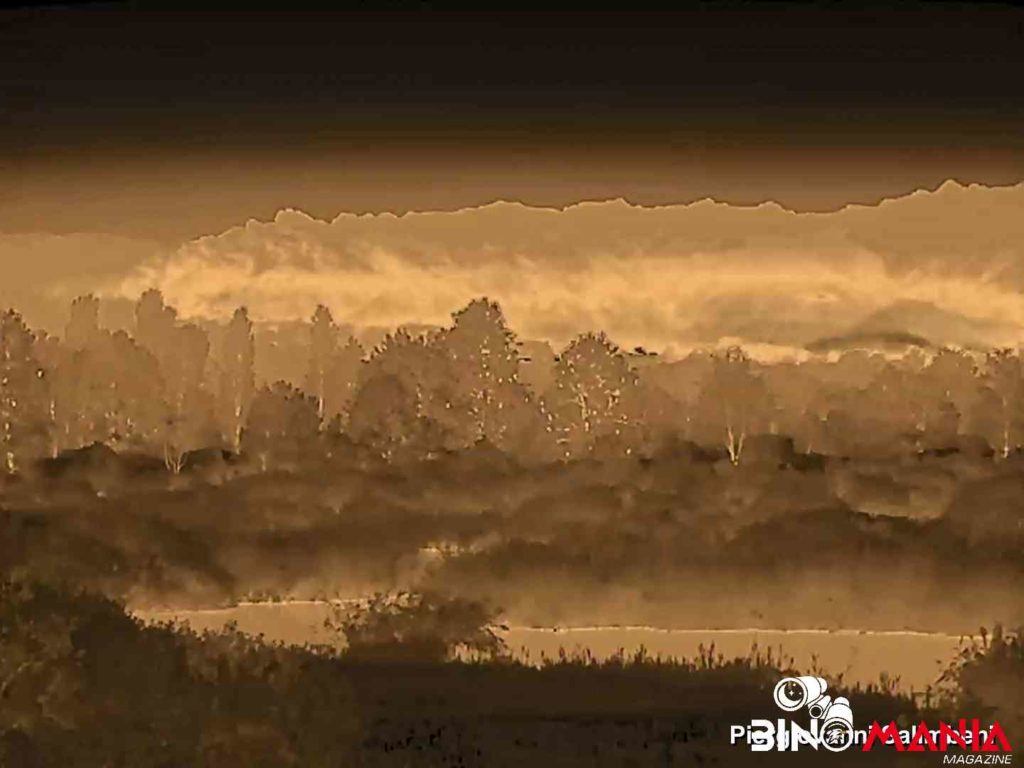
A photograph taken freehand with the ZEISS DTI with the best paddle so as not to strain the observer’s eyesight at night. Noticeable even at low magnifications are the cormorants perched in trees nearly a kilometer away.
UTILITY OF USING THERMAL VIEWER FOR NESTING CORMORANTS
Observing cormorants on nests at night with a thermal viewer can be useful for several reasons:
Census of nesting pairs: Given the spring period and the presence of leaves, the use of the thermal would prove more successful than classical observation.
Monitoring nocturnal activities: Cormorants may have relevant nocturnal behaviors, such as shift changes between parents in hatching eggs or raising youngsters. These activities may be important to better understand their reproductive cycle and behavior.
Verification of the number of individuals: Night counts could help determine the exact number of cormorants present at the nesting site, including those that may be difficult to observe during the day for various reasons.
Behavioral studies: Night-time observation could reveal unique or unusual behaviors of cormorants during night-time hours, such as interactions with other nocturnal animals or strategies for protection from cold or predators.
Anthropogenic impact: It may be important to monitor for the presence of nocturnal anthropogenic activities, such as human intrusion or disturbance acts that could adversely affect cormorant colonies.
IN SUMMARY.
Ultimately, I believe that night-time observation with a high-quality thermal viewer can provide valuable information for a better understanding of the biology and behavior of cormorants, thus contributing to the conservation and management of their populations and habitats.